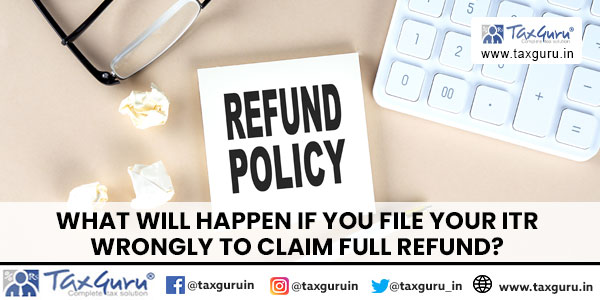Russia-Ukraine conflict, soaring crude oil prices and tightening of global financial conditions are major reasons for weakening of Indian Rupee against the US Dollar
While the Indian Rupee has weakened against the US Dollar, it has strengthened against other major currencies such as the British pound, the Japanese yen and the Euro during 2022. This was stated by Union Minister of State for Finance Shri Pankaj Chaudhary in a written reply in Rajya Sabha today.
The Minister stated that global factors such as the Russia-Ukraine conflict, soaring crude oil prices and tightening of global financial conditions are the major reasons for the weakening of the Indian Rupee against the US Dollar.
The Minister further stated that exchange rate is only one of the several different factors such as, demand for domestic and foreign goods, commodity prices, crude oil prices etc., which affect India’s export and import demand. India’s merchandise exports touched a record high of US$ 421.9 billion during 2021-22. India’s exports during each month of the current year have been higher than those of the corresponding months of the previous year. India’s exports and imports during 2021 and 2022 are in ANNEXURE.
Table: India’s merchandise exports and imports during 2021 and 2022
| 2021 | 2022 | |||
| Exports (USD Billion) |
Imports (USD Billion) | Exports (USD Billion) |
Imports (USD Billion) |
|
| January | 27.54 | 42.03 | 35.22 | 52.49 |
| February | 27.63 | 40.75 | 37.14 | 55.83 |
| March | 35.26 | 48.90 | 44.49 | 62.98 |
| April | 30.75 | 46.04 | 39.79 | 60.20 |
| May | 32.30 | 38.83 | 39.04 | 63.25 |
| June | 32.49 | 42.09 | 40.13 | 66.31 |
Source: DGCI&S
The overall impact of exchange rate depreciation on domestic prices depends on the extent of pass-through of international commodity prices to the domestic market, the Minister stated.
Giving more details, the Minister stated that the Department of Commerce regularly monitors and sensitizes line Ministries/Departments and other stakeholders from time to time and in various forums on the following broad strategy to address the issue:
i. Addressing domestic supply rigidities and looking at domestic production opportunities/enhancement of capacity;
ii. Timely use of trade remedial options;
iii. Adoption of mandatory technical standards;
iv. Enforcing rules of origin;
v. Tariff measures/inverted duty correction etc.
Besides, the Minster stated, the Department of Commerce has been carrying out import data monitoring on monthly and annual basis to identify any visible changes and to monitor surges in imports. All concerned Ministries/Departments are apprised of item wise imports surge at 8 HS digit level on a monthly basis such that appropriate action may be initiated where necessary. A Position paper of structure of Imports is also circulated to all concerned Ministries/Departments annually since 2014, the Minister added.
Further, the Minister stated, there is an Importing Monitoring System for providing advance information on imports to Government and stakeholders for
i. Steel
ii. Non-Ferrous Metal
iii. Coal and
iv. Chips (Integrated Circuits)



















